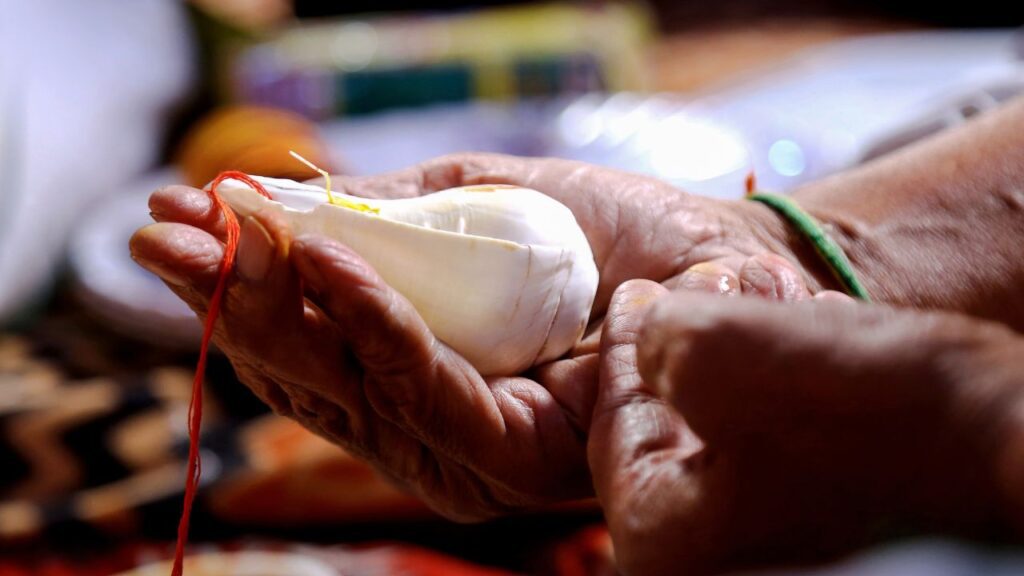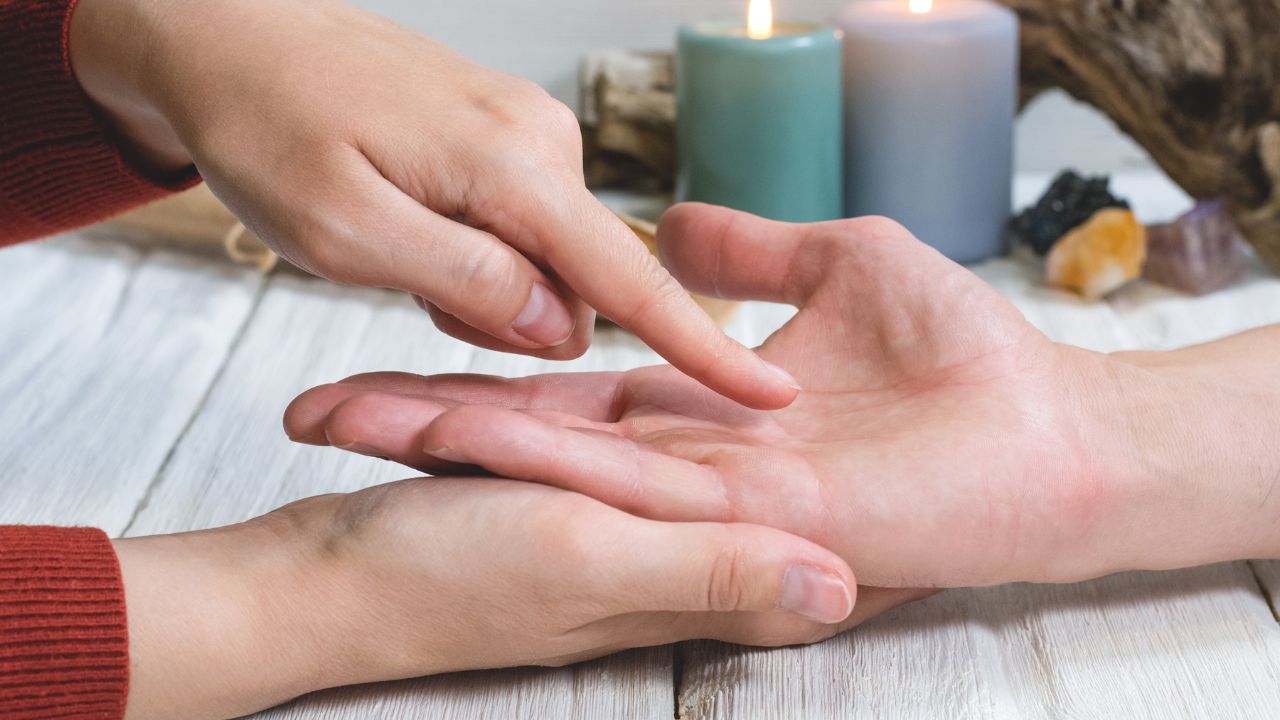Date
- 16.02.24
Introduction:
The Shankh, also known as a conch shell, holds a significant place in Hindu rituals, traditions, and spirituality. Its distinct shape, sound, and symbolism have captivated people for centuries. In this comprehensive guide, we will delve into what the Shankh is, how to blow it, and the various benefits associated with it.
What is Shankh?
It is a shell of a large sea snail, usually a species of the Turbinella or Charonia genus. It is characterized by its spiral shape, often with prominent ridges and a pointed tip. The most commonly used Shankh in religious ceremonies is the right-turning conch, known as Dakshinavarti Shankh. It holds immense religious significance in Hinduism and is considered sacred in various cultures across Asia.
Read Also- महाशिवरात्रि 2024: तिथि, समय और त्योहार का महत्व
How to Blow Shankh?
Blowing the Shell requires proper technique and practice to produce a clear and resonant sound. Here’s a step-by-step guide on how to blow the Shankh effectively:
- Hold the Shell firmly in your hand, ensuring a comfortable grip.
- Tilt it slightly upward, with the pointed end facing away from you.
- Position the blowhole (the small opening near the tip) of the Shankh against your lips.
- Take a deep breath and fill your lungs to their capacity.
- Seal your lips tightly around the blowhole, leaving no gaps for air to escape.
- Exhale forcefully and steadily into the Shell, directing the airflow into the cavity.
- Maintain a steady stream of air while adjusting the angle of the Shankh slightly if needed.
- Listen for the resonant sound produced by the vibration of the air inside the Shankh.
- Practice controlling the intensity and duration of the sound by adjusting your breath.
Visit Also- 5 Benefits Of Keeping A Tulsi Plant At Home
Benefits of Shankh:
Blowing the Shell is believed to have numerous physical, mental, and spiritual benefits. Here are some of the key advantages associated with this ancient practice:
- Purification of Environment: The sound vibrations produced by blowing the Shankh are thought to purify the surrounding environment, dispelling negative energies and promoting positivity. It is often used at the beginning of religious ceremonies and rituals to create a sacred atmosphere.
- Respiratory Health: The deep breathing involved in blowing the Shell helps improve lung capacity and respiratory function. It promotes better oxygenation of the blood, which can benefit overall health and vitality.
- Stress Relief: The rhythmic sound of the Shell has a calming effect on the mind and body, making it an effective tool for stress relief and relaxation. It can help alleviate anxiety, tension, and mental fatigue.
- Spiritual Awakening: In Hindu mythology, It is associated with Lord Vishnu and is considered a divine symbol of the cosmos. It is believed to awaken spiritual consciousness and connect the practitioner with higher realms of existence.
- Meditation Aid: The deep, resonant sound of the Shankh serves as a focal point for meditation, helping practitioners achieve a state of deep concentration and inner peace. It can enhance mindfulness and facilitate spiritual growth.
- Sound Therapy: The therapeutic sound vibrations produced by the Shell have been used in traditional healing practices for centuries. They are believed to have a harmonizing effect on the body’s energy centers (chakras) and promote overall well-being.
shankh mudra benefits
Conclusion:
It holds a special place in the hearts and minds of millions of people worldwide. Whether used in religious ceremonies, meditation, or simply for its aesthetic beauty, the continues to inspire awe and reverence across cultures. By learning how to blow the Shell and embracing its benefits, we can connect with its ancient wisdom and experience its transformative power in our lives.




